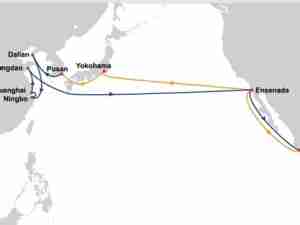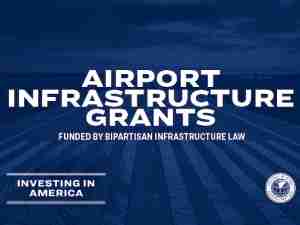Aircraft in US crash has solid safety record
posted by AJOT | Jul 07 2013 at 08:00 PM | Air Cargo | Liner Shipping
The crash of a South Korean airliner in San Francisco with more than 300 people on board dampens the safety record of one of the world's safest aircraft.
Initial reports said two people were killed and more than 70 injured when the Asiana Airlines Boeing 777 crashed on landing at San Francisco International Airport.
If confirmed, it would be the first fatal accident involving a Boeing 777, a family of twin-engined long-haul aircraft which has been in service for the past 18 years. With more than five million flights, according to Boeing, it remains one of the industry's solid workhorses.
It also would be the third fatal accident involving one of Asia's fastest growing full-service airlines, which first began operations in 1988 as a rival to South Korea's flag carrier Korean Air Lines.
There was no immediate clue on the possible cause of the crash. The National Transportation Safety Board said it was sending a team to start examining the wreckage.
The aircraft that crashed on Saturday was seven years old, having left the Boeing factory in 2006.
It is a 777-200ER, a version of Boeing's "mini-jumbo" 777 family capable of transporting 301 passengers in standard cabin layouts up to 14,300 km (8,880 miles).
In January 2008, all passengers and crew survived when a similar British Airways 777-200ER crash landed yards short of the runway at London's Heathrow Airport.
A two-year investigation blamed the crash on a fuel blockage caused by the release of ice which had built up during the long flight from Beijing. The discovery led to changes in the design of the British Rolls-Royce (RR.L) engines used on some 777s.
The British Airways (ICAG.L) pilot was credited with having avoided a much worse accident.
The Asiana (020560.KS) 777-200ER that crashed on Saturday was powered by engines from Pratt & Whitney, a subsidiary of United Technologies (UTX.N).
Pratt & Whitney said it was "cooperating fully with investigating authorities".
Premium Route
Boeing (BA.N) has received a total of 422 orders for the 777-200ER of which just one remains to be delivered, to Asiana itself, according to the Boeing website.
The catalogue price of the airplane is $259 million.
South Korea developed a spotty safety reputation after a series of major, and sometimes fatal, incidents in the 1970s, 1980s and 1990s that mostly involved Korean Air aircraft.
Asiana's only previous fatal crash involving a passenger aircraft was in July 1993, when a Boeing 737-500 landed several kilometres short of the runway in South Korea's Mokpo airport in poor weather. In that crash, 68 people lost their lives.
In July 2011, an Asiana Boeing 747-400 cargo aircraft crashed in the sea off Korea's Jeju Island and this was later determined to have been caused by a fire in the cargo hold. Both pilots were killed.
In the 1990s, Korean Air and the South Korean government embarked on a series of efforts to improve safety standards.
This resulted in a sharp decline in incidents involving Korean airlines in the 2000s and the country has become an example to countries like Indonesia which are trying to improve their safety standards.
Owned partly by South Korea's Kumho Asiana Group, Asiana Airlines has grown rapidly to get a significant share of the domestic and international market out of Seoul's Incheon airport, one of Asia's largest air hubs.
A key plank of the Asiana strategy has been to become a larger player in the highly lucrative traffic between South Korea and the United States, and to become a hub carrier that carries passengers between other parts of Asia and the United States via Seoul.
Asiana's long-haul fleet of 12 Boeing 777-200ER and two Boeing 747-400s are used primarily on services to the United States and Europe.
Asiana, which became a member of the Star Alliance in 2003, has ordered six Airbus (EAD.PA) A380 superjumbos and 30 Airbus A350 aircraft, including around 22 of








